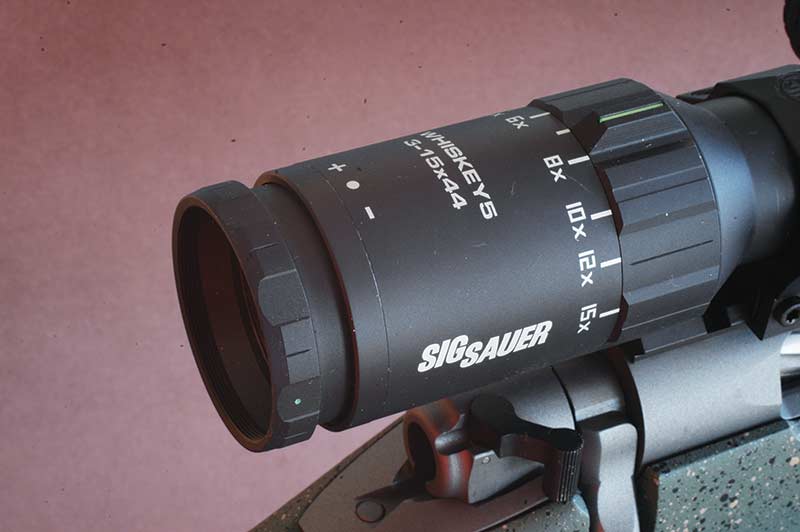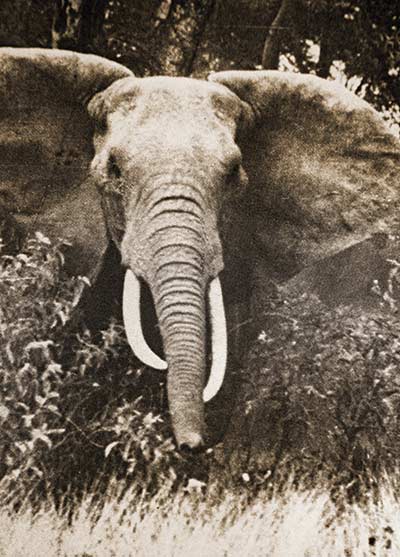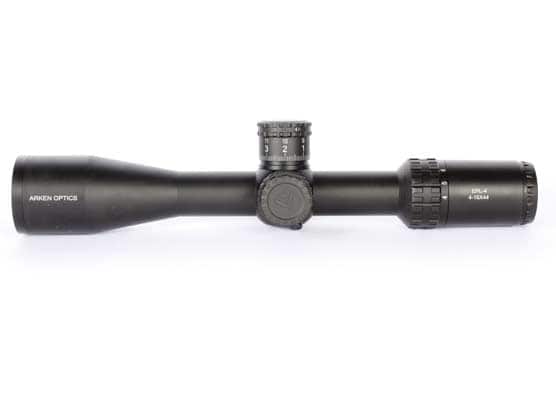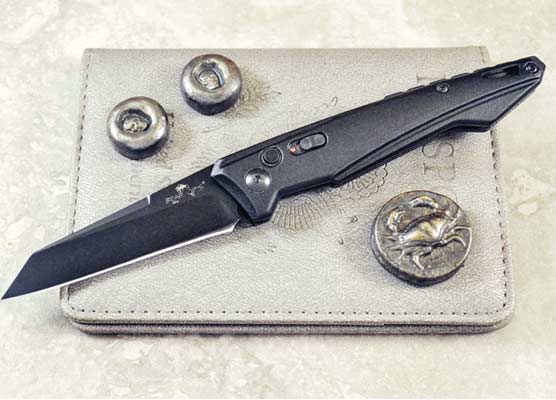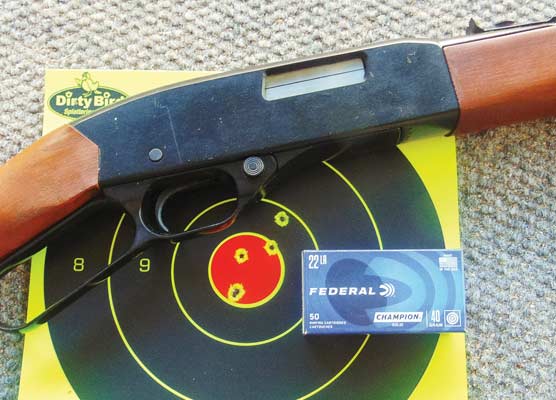Field of View
How Quickly You See Affects Your Hunt
We met by chance and exchanged miseries. The deer were beating us both. The wind was cold. To put a positive spin on our chat, he smiled and declared, “But I’m ready for ’em.” He tapped the front of his scope, its bell broad as a can of tuna. At this, he trudged off into the thickets.
“A lot of scope for short shots,” thought I. But, if he was smart and kept his scope at, say, 3x, its pie-plate glass would wring bright images from dark places.
At that magnification, he’d also get a big field of view (FOV).
FOV increases as you dial down a scope’s magnification. But it has almost nothing to do with the size of the objective lens.
Geometry Class
FOV in riflescopes is commonly stated in feet at 100 yards. In binoculars and spotting scopes, it is feet at 1,000 yards or meters at 1,000 meters. Schmidt & Bender lists FOVs for its riflescopes in yards at 100 yards and meters at 100 meters (numbers are the same). SIG Tactical scopes also follow the path of binos and spotting scopes, with FOVs in meters at 1,000 meters.
These linear measures are the width of the “window” bracketing your view through the optic. You’ll also find FOVs in angular terms. Some companies list the real or true angle and a linear measure. This is common practice in binocular descriptions, albeit Zeiss has used it for riflescopes too.
Some binocular specs include “apparent” angle. I’ve yet to see this value listed for riflescopes. You’ll get apparent angle by multiplying magnification by the real or true angle. So, an 8x binocular with a true FOV of 7.5 degrees has an apparent FOV angle of 60 degrees, same as a 10x binocular with a true FOV of 6 degrees.
One degree is a span of 52.36 feet at 1,000 yards, so given a true angular figure for FOV you can quickly determine its linear measure. For a 7x binocular with a 63-degree apparent angle: 9×52.36 = 471 feet at 1,000 yards.
Binoculars with apparent FOV angles of 65 degrees or greater have been classed as “wide-angle.” But this designation, once common, seems to have fallen out of favor, perhaps because it was carelessly used in marketing and became meaningless. You can’t assume FOV angles from an optic’s magnification or from its front glass diameter. Leupold catalogs 8×32 and 10×32 binoculars with the same 7.5-degree angular FOV. One 10×50 Leupold bino has a true measure of 5.8 degrees, while another comes in at 5.2.
Binoculars have broader FOVs than riflescopes because they needn’t provide the eye relief keeping your noggin intact during recoil. Most scopes designed for receiver mounting on rifles have 3″ to 4″ of eye relief. Scopes with extended eye relief, for mounting on a carbine barrel or a handgun, have smaller FOVs.
Ocular lens diameter affects FOV. With your eye the optimal distance behind the lens (proper eye relief), a cone of view extends from your pupil to the lens perimeter. Say the cone angle is 24 degrees and the scope is 4x. What you see is a magnified image, so actual field is the 24-degree angle divided by the power. A 24-degree angle at 100 yards spans about 120 feet: 120 / 4 = 30 feet. To enlarge that field, you could dial down magnification to 3x: 120 / 3 = 40 feet. Or you could make the ocular lens bigger, the cone angle wider. Increasing the angle to 30 degrees would bump FOV at 4x to 37 ½ feet and yield a 25-foot FOV at 6x. Finally, you could boost FOV with the eyepiece by engineering shorter eye relief into the scope. As your eye gets closer to the lens, the cone angle increases.
Remember when comparing linear FOV, the area of circles are proportionate to the squares of their diameters. A scope’s FOV at 200 yards is four times the area of its 100-yard FOV. If you dial up a scope from 3x to 18x, linear FOV will shrink from roughly 38 feet to 7. You’ll see about 1/29th the area!
As rifles, loads and optics evolved, shooters tested them at increasing distance. Scopes with top-end power of 14x, 15x, 16x and 18x trumped the 3-9x without sacrificing broad FOVs when dialed down. Magnification ranges grew: four, five, six times. A 4x scope was suddenly so yesterday. Land sakes, with a laser range-finder and an elevation dial matched to his load, any hunter could crank his scope to pester elk a half-day’s hike from the muzzle! A smart phone with drift and drop data monitored and adjusted for conditions. A bipod steadied the rifle.
But game can appear suddenly, in sun’s glare or deep shadow, when you’re winded and have no time or place to set up a bipod. Rain and snow can distort and veil your quarry. Need a second shot? You must cycle coming out of recoil and re-establish aim instantly, perhaps on a moving animal.
Your scope’s FOV, easy to ignore at the range, is now crucial!
In The Field
Can an FOV be too big? Perhaps. Peer through any 1x glass, and you may think the target image appears small, but it should match what you registered with your naked eye. I find a 2-½x scope most useful for fast, close shots in cover. To my eye, the image is just slightly larger than when viewed without glass, and sharper. FOV at 100 yards is, almost literally, broad as a basketball court. Keeping magnification in wide-range variable scopes above, say, 2x, can also reduce disturbing edge curvature.
We spot and recognize targets quickest when our view is least altered — i.e., when we see as we would without a sight to enlarge, distort, screen or block the target.
The function of a big FOV in a riflescope isn’t to reveal more territory as might be argued for a binocular or more animals in a herd, though it can alert you to those you might wish to shoot or avoid. While it obviously helps you lead moving game, a generous FOV shines because it makes your aim as quick and as natural as a glimpse.
Having a generous field of view isn’t the only thing helpful in a scope. But without it, the rest of the package may arrive too late.
